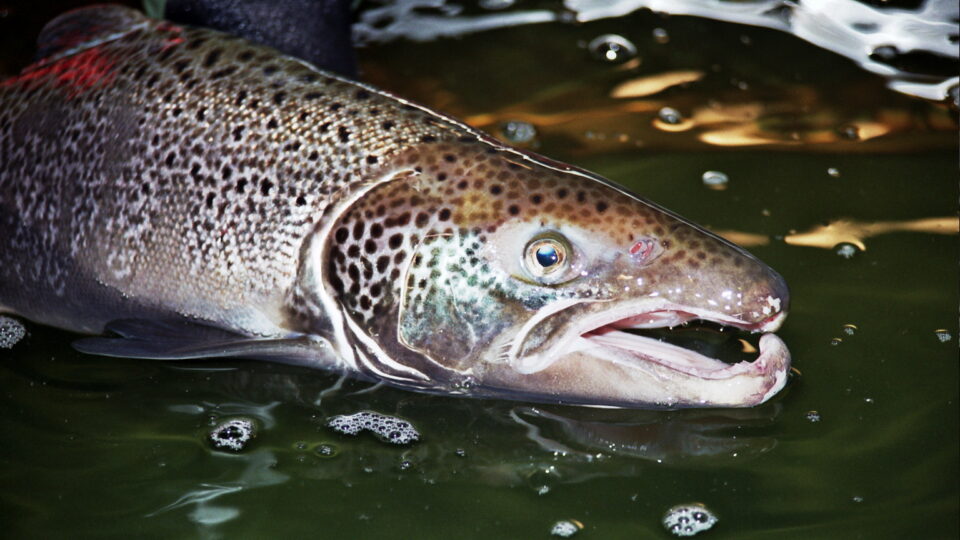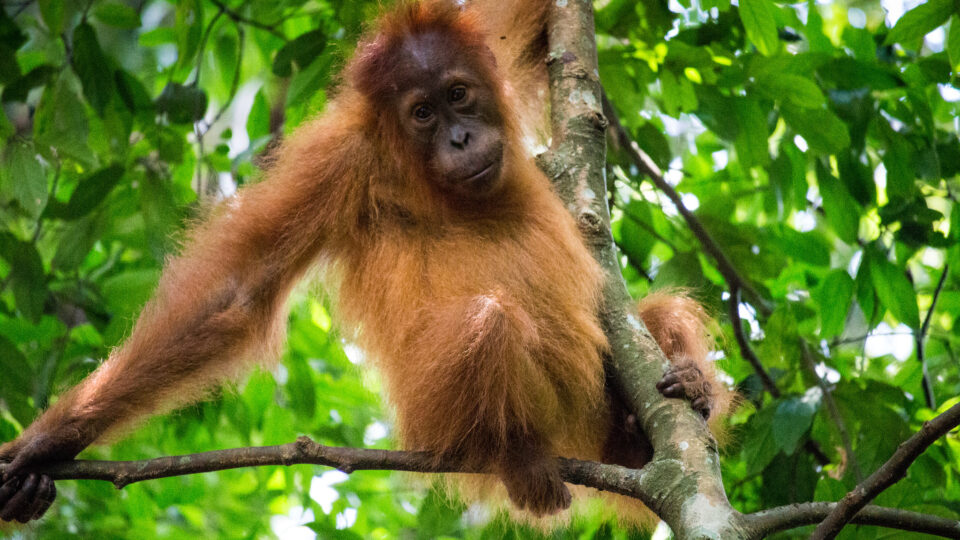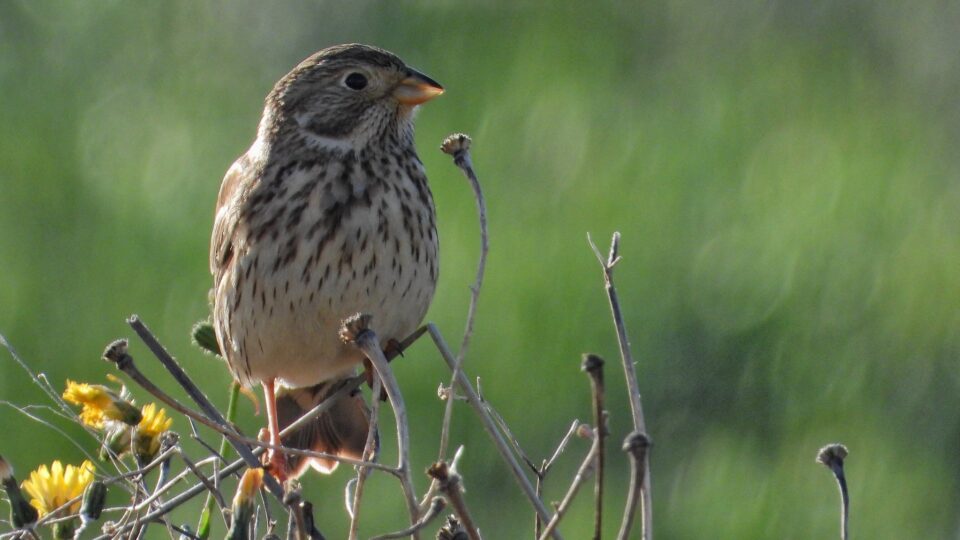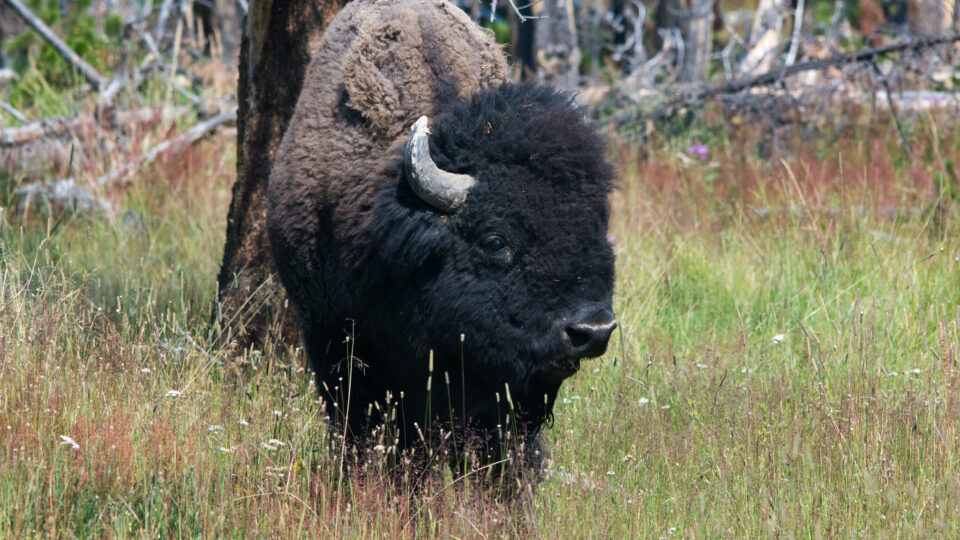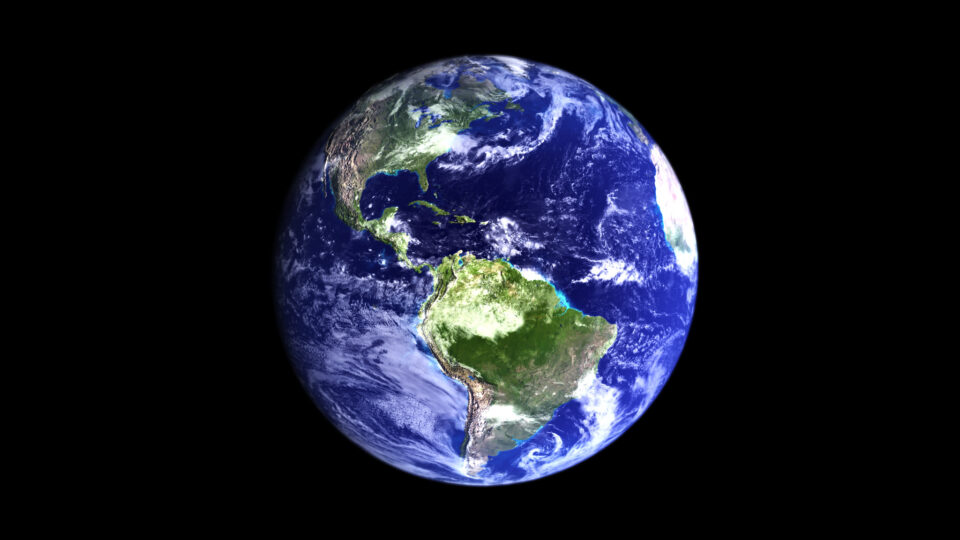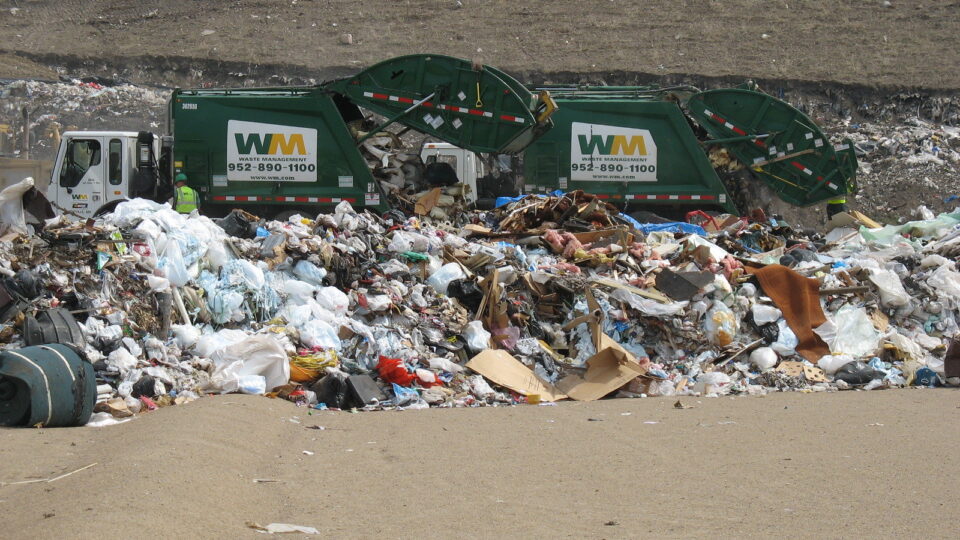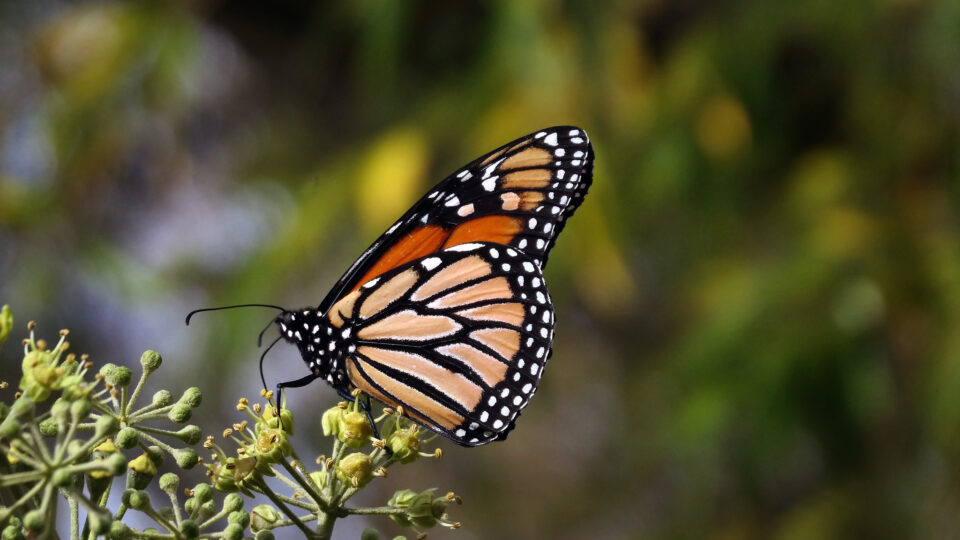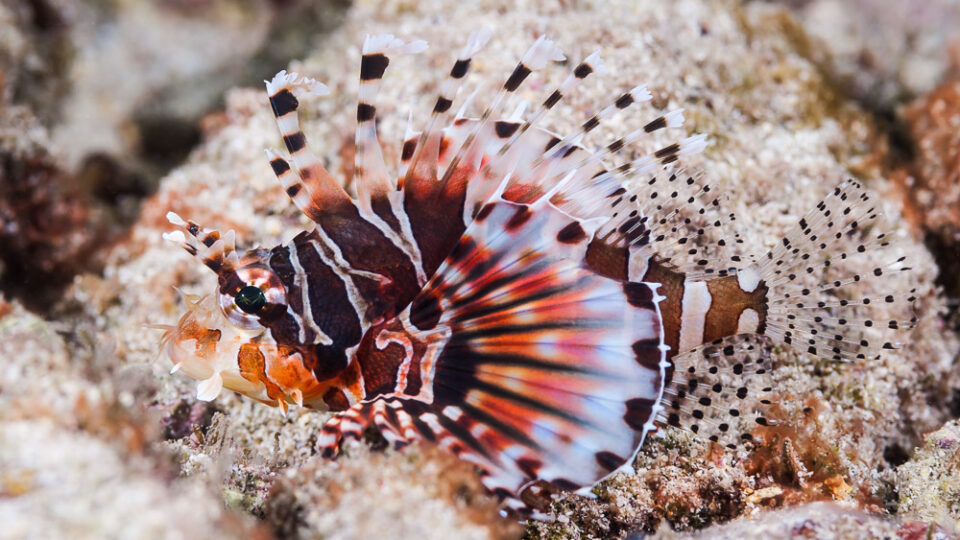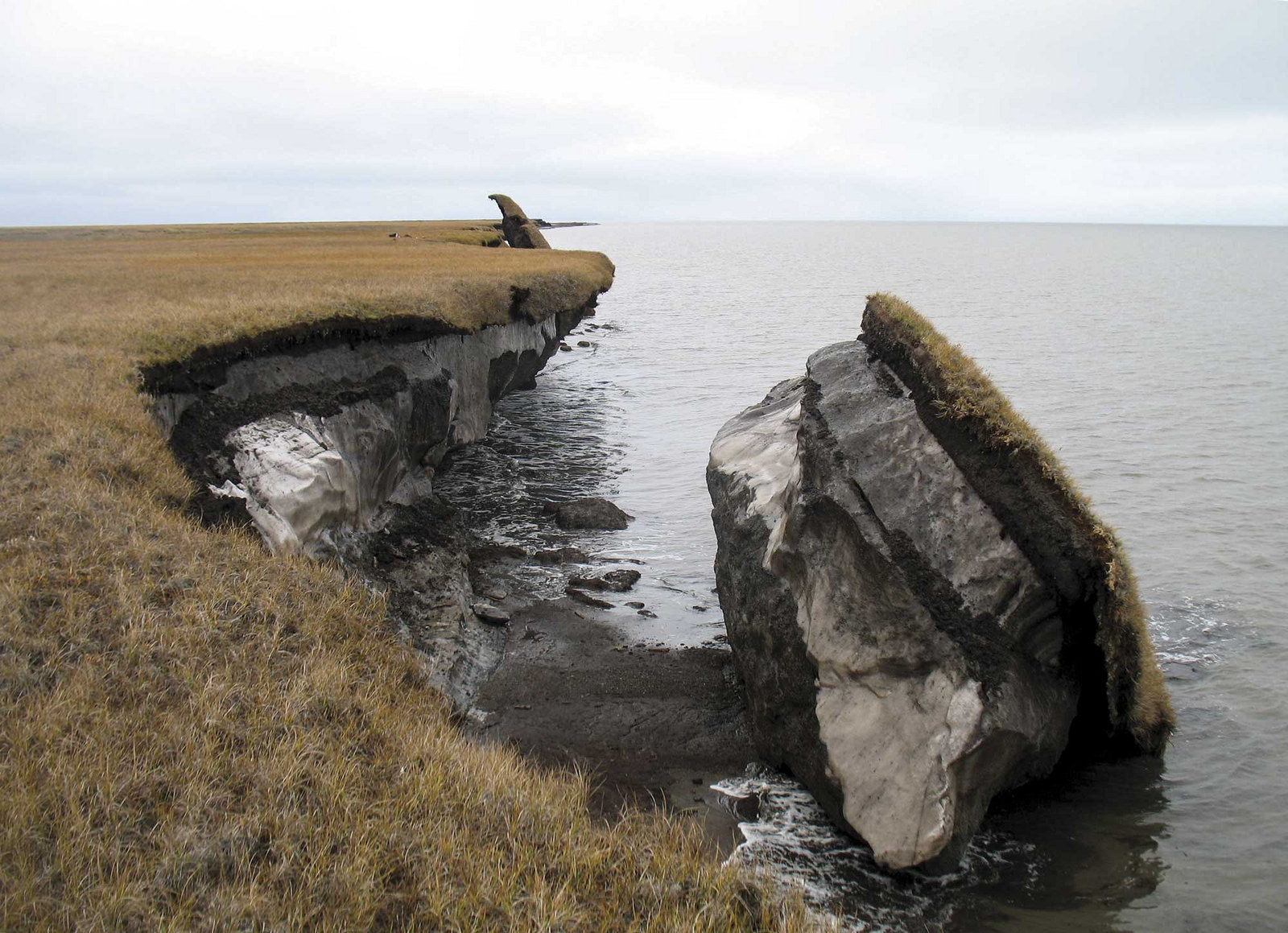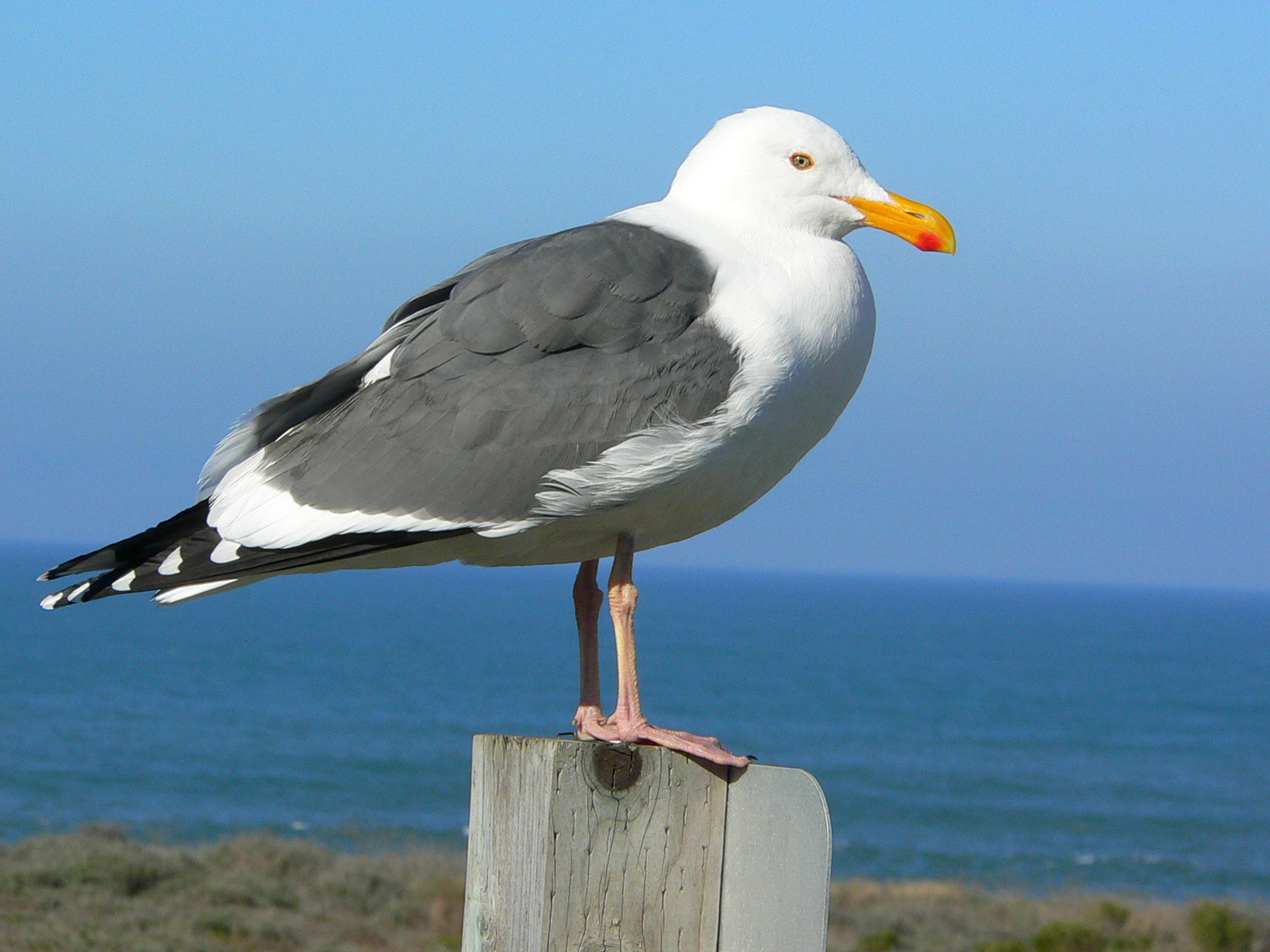The International Union for the Conservation of Nature is an organization working in the field of nature conservation and sustainable use of natural resources. The IUCN has been around for nearly 75 years and is the global authority on the status of the natural world and the measures needed to safeguard it.
In its latest accounting, the IUCN has determined that more than 44,000 species worldwide are threatened with extinction. Among them, nearly 7,000 face an immediate threat from climate change.
The organization tracks 157,000 species to compile its Red List and found that climate change poses a growing threat to many kinds of wildlife. At particular risk are freshwater fish including Atlantic salmon, which are now classified as “Near Threatened.”
In all, about 25% of freshwater fish are threatened with extinction. This is in part driven by rising sea levels which causes saltwater to be driven up into rivers. Some 41% of amphibians are threatened with extinction, in part due to more intense heat and drought. Many populations of green turtles are at risk of extinction because of rising temperatures lowering hatch rates and rising sea levels flooding nests.
It isn’t just animals at risk. For example, big leaf mahogany, one of the world’s most commercially sought-after timber trees, has moved from Vulnerable to Endangered on IUCN’s Red List. Thousands of trees have been added to the Red List, many of which are timber species, and some are keystone species in forests.
Endangered and threatened species are often irreplaceable parts of ecosystems which provide humans with many services that only the natural world can.
**********
Web Links
More Than 44,000 Species Now Threatened With Extinction
Photo, posted November 22, 2010, courtesy of E. Peter Steenstra/USFWS via Flickr.
Earth Wise is a production of WAMC Northeast Public Radio
